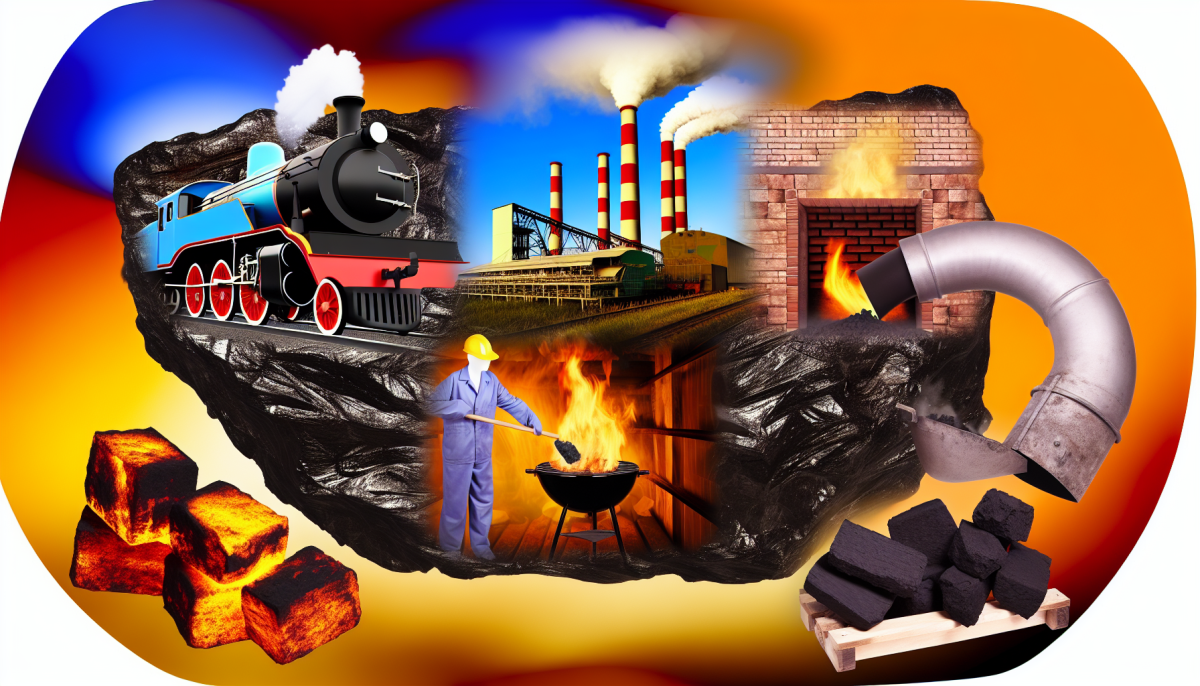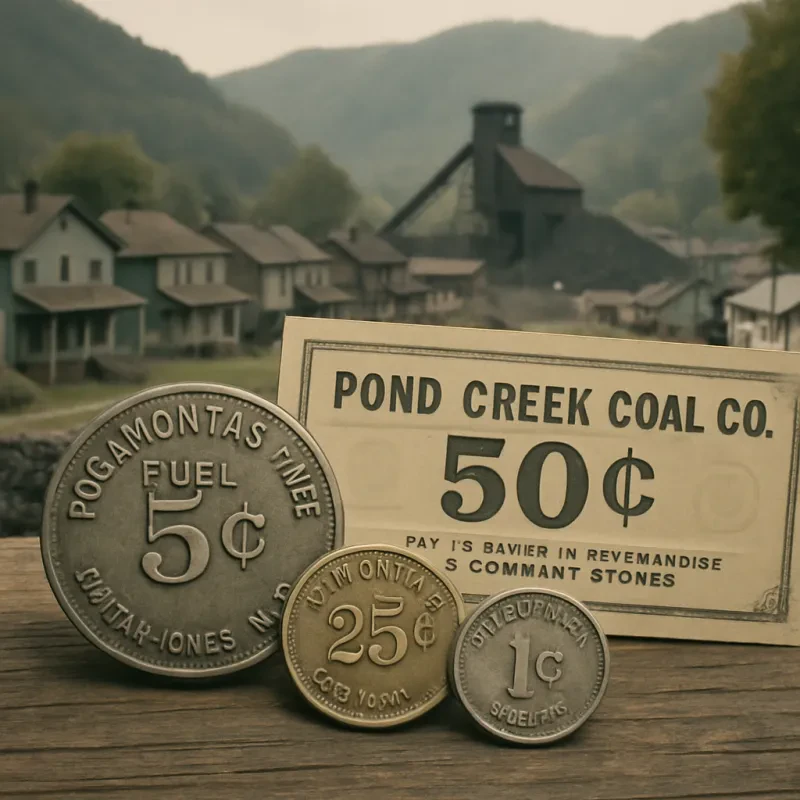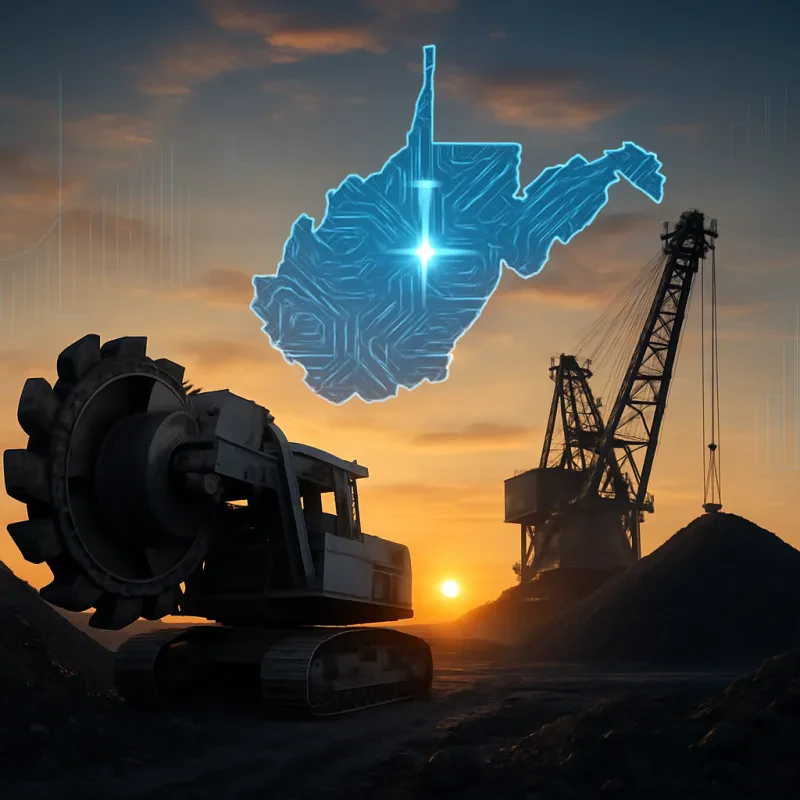Multifaceted Uses of Coal: A Comprehensive Guide
Introduction to Coal and Its Importance
What is Coal?
Coal is a fossil fuel formed from the remains of ancient forests and plants over millions of years. Comprising carbon, hydrogen, oxygen, sulfur, and other elements, it serves as a potent source of energy when burned.
Historical Significance and Modern Relevance
Historically, coal fueled the Industrial Revolution, powering steam engines, and later, generating electricity. Today, it remains a key energy source, especially in developing countries, due to its abundance and cost-effectiveness.
The Power Generation Giant
Coal in Electricity Production
Coal-fired power plants are a major global electricity source, utilizing steam turbines to generate energy. The process involves burning coal to produce steam, which drives turbine generators to produce electricity.
Environmental Impact and Technological Advancements
Despite its efficiency, coal-fired electricity generation has significant environmental impacts, including greenhouse gas emissions. However, advancements in clean coal technologies aim to reduce these impacts through carbon capture and storage (CCS) and improved efficiency.
Industrial Revolution's Catalyst
Role in Steel Production
Coal is indispensable in steel production, particularly in the blast furnace process, where it serves as both a heat source and a chemical reducing agent to transform iron ore into iron.
Contribution to Cement Manufacturing
In cement production, coal provides the necessary heat for the calcination process, turning limestone (CaCO3) into lime (CaO), an essential ingredient in cement.
Heating and Residential Use
Traditional Uses in Heating
Historically, coal was a primary heating source for homes and industries. Today, cleaner and more efficient methods have replaced direct coal burning in many regions.
Evolution to Cleaner Energy Solutions
Innovations such as coal gasification and liquefaction are transforming coal into cleaner burning fuels, offering potential pathways for its continued use in heating and power generation with reduced environmental footprint.
A Key Player in the Chemical Industry
Coal to Chemicals Process
The coal-to-chemicals process involves converting coal into gas or liquid fuels, synthetic fibers, fertilizers, and other chemical products, demonstrating its versatility beyond energy production.
Production of Synthetic Fuels and Plastics
Through processes like Fischer-Tropsch synthesis, coal can be converted into liquid fuels, such as diesel and gasoline, and raw materials for plastics, reducing reliance on petroleum.
Coal in Technological Applications
Activated Carbon and Its Uses
Produced from coal, activated carbon is used in water filtration, air purification, and in medical applications to treat poisonings and overdoses.
Silicon Metal for Electronics
Coal is a source of silicon metal, used in the production of semiconductors and solar panels, highlighting its role in the technology sector.
The Role of Coal in Liquid Fuels
From Coal to Liquid Fuels
The conversion of coal into liquid fuels offers an alternative to petroleum-based fuels, potentially enhancing energy security and diversity.
Environmental and Economic Perspectives
While coal-derived fuels can reduce dependence on oil imports, the environmental impacts require careful management and the adoption of cleaner production technologies.
Coal's Contribution to Carbon Fibers and Advanced Materials
Production Process
Coal is a precursor for producing carbon fibers, which are lightweight, strong materials used in aerospace, automotive, and sports equipment.
Applications in Aerospace and Automotive Industries
Carbon fibers derived from coal are instrumental in manufacturing lightweight, fuel-efficient aircraft and vehicles, contributing to advancements in transportation technology.
Environmental Reclamation and Coal
Land Reclamation Efforts
Coal mining's environmental footprint necessitates land reclamation projects, which restore mined areas to their natural state or repurpose them for community use.
The Role of Coal By-products
Coal by-products, such as fly ash and slag, are recycled in construction materials, reducing waste and contributing to environmental sustainability.
The Future of Coal in Energy Transition
Coal and Renewable Energy
The transition to renewable energy sources poses challenges and opportunities for coal, emphasizing the need for cleaner coal technologies in a balanced energy mix.
Research and Development for Cleaner Coal Technologies
Investments in R&D are crucial for advancing carbon capture, utilization, and storage (CCUS) technologies, making coal a cleaner energy source for the future.
Global Coal Reserves and Mining
Distribution of Coal Reserves
Coal reserves are widely distributed across the world, with the United States, Russia, China, and India among the countries with the largest reserves. These reserves play a crucial role in meeting global energy demands, especially in regions where coal is a primary energy source.
Mining Techniques and Worker Safety
Advancements in mining technology have not only increased the efficiency of coal extraction but also improved the safety of mine workers. Techniques such as surface mining and underground mining are employed depending on the location and depth of coal deposits, with ongoing efforts to minimize environmental impact and ensure worker safety.
Balancing Coal's Uses with Environmental Sustainability
The myriad uses of coal, from power generation to producing advanced materials, underscore its significance in the global economy. However, balancing its economic benefits with environmental sustainability is paramount. The future of coal depends on the development and adoption of cleaner technologies, responsible mining practices, and a concerted effort towards energy transition. By harnessing innovation and environmental stewardship, coal can continue to play a vital role in meeting the world's energy needs while addressing the urgent challenges of climate change.







